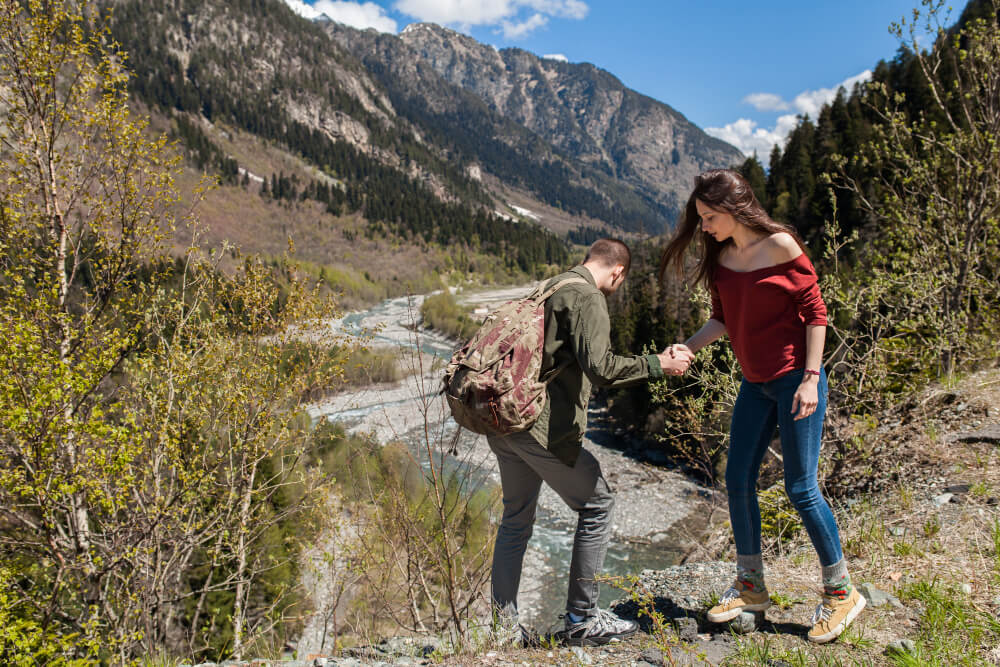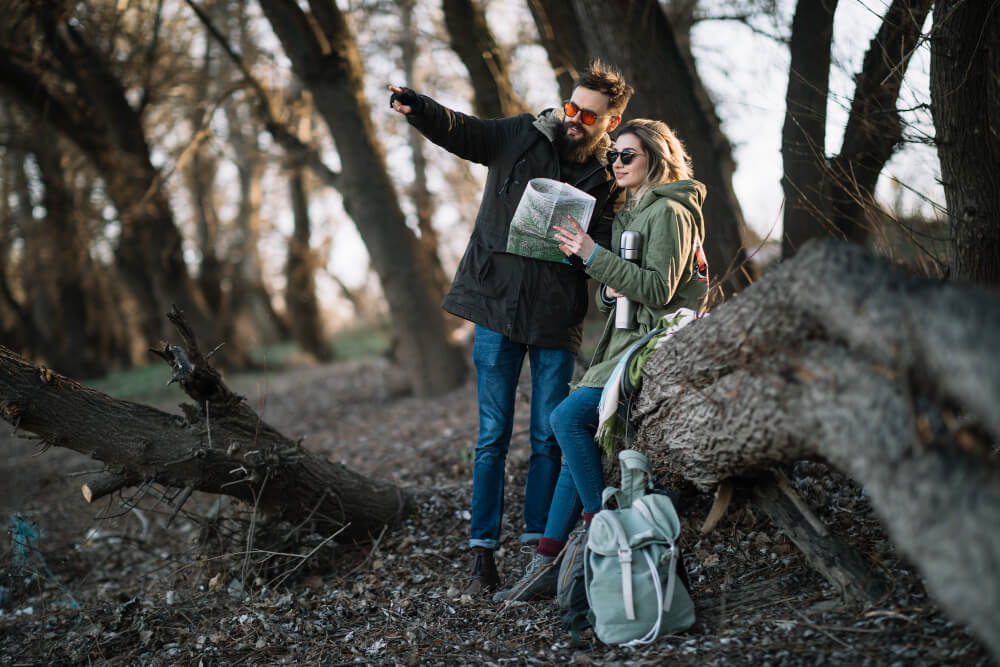
(406) 555-1234

(406) 555-1234

Montana, known as “Big Sky Country,” is a haven for wildlife enthusiasts and adventurers.
With its sprawling landscapes, pristine national parks, and diverse ecosystems, Montana offers some of the most exhilarating wildlife tours in the United States.
From spotting grizzly bears and bison to watching eagles soar and wolves roam, the opportunities are endless.
This guide aims to answer common questions, address concerns, and provide tips and personal stories to help you make the most of your wildlife adventure in Montana.
Montana’s rich and varied habitats support a wide array of wildlife.
Here’s a glimpse of what you might encounter:
Yes, wildlife tours in Montana are generally safe. Tour operators prioritize safety and have extensive experience in handling encounters with wild animals.
Here are some safety tips to keep in mind:
Packing the right gear can make a big difference.
Here’s a checklist to help you prepare:
Montana offers a variety of wildlife tours catering to different interests and experience levels.
Here’s a breakdown to help you choose:
Best for Beginners: Ideal if you are new to wildlife watching or prefer a structured experience.
Guides provide valuable insights and ensure safety.
The time of year and day can significantly impact your wildlife viewing experience.
Seasonal Highlights:
One summer, I joined a guided tour in Glacier National Park. Our group set out early, the air crisp and fresh with the promise of adventure.
As we hiked along a remote trail, our guide suddenly motioned for us to stop. Through the trees, we saw a massive grizzly bear foraging.
The sight of such a powerful creature in its natural habitat was both thrilling and humbling.
We watched silently as the bear went about its business, a reminder of the raw beauty and unpredictability of nature.
During a winter tour in Yellowstone, we were lucky enough to hear the haunting howls of a wolf pack.
Our guide, an expert in wolf behavior, explained their social structures and hunting strategies.
As we observed from a distance, a pack of wolves moved gracefully through the snowy landscape.
This encounter deepened our appreciation for these often-misunderstood animals and their crucial role in the ecosystem.
On a bird-watching tour near the Missouri River, we had the chance to see bald eagles up close.
Watching these majestic birds soar above the river, their keen eyes scanning for fish, was an awe-inspiring experience.
Our guide shared fascinating facts about their recovery from near-extinction and the conservation efforts that have helped their populations rebound.
Binoculars and Camera: For up-close views and capturing memories.
When planning a wildlife tour in Montana, consider the following:

Have you had an amazing wildlife experience in Montana? We’d love to hear about it! Share your stories in the comments below.
What tips would you give fellow adventurers? Don’t forget to share this guide with friends planning their next adventure.
Engaging with the community enhances the experience for everyone and can provide helpful insights for future trips.
Montana’s wildlife and seasons are always changing. Bookmark this page and check back for updates on the best tours, new regulations, and seasonal highlights.
Subscribe to our newsletter for the latest news and tips on wildlife tours in Montana.
Regular updates ensure you have the most accurate information and help keep your adventures safe and enjoyable.
Embarking on a wildlife tour in Montana is more than just a vacation—it’s an adventure that connects you with nature in a profound way.
Whether you’re a seasoned wildlife enthusiast or a curious beginner, Montana’s wild landscapes have something to offer.
Use this guide to plan your trip, stay safe, and create lasting memories. Happy exploring!
Montana is home to a diverse array of wildlife, and you can expect to see many iconic species on a wildlife tour.
Common sightings include wolves, grizzly bears, bison, elk, moose, bighorn sheep, bald eagles, and more.
Yellowstone National Park, which extends into Montana, is particularly known for its wolf population and is one of the best places in the world to see wild wolves in their natural habitat.
Wildlife tours in Montana often include a mix of wildlife viewing, hiking, and educational components.
Many tours focus on viewing wildlife in the early morning hours when animals are most active.
Guided hikes through scenic areas like Yellowstone’s mountains and valleys are also common.
Some tours also visit wildlife centers like the Grizzly and Wolf Discovery Center to learn about and observe bears, wolves, otters, and other animals up close.
Montana offers excellent wildlife viewing opportunities year-round, but the best time depends on what you want to see.
Spring is a great time to see newborn animals and watch wildlife emerge from winter. Summer offers lush landscapes and active wildlife.
Fall brings changing colors and rutting season for elk and bighorn sheep.
Winter is a magical time to see animals like moose, deer, coyotes, and bighorn sheep against a snowy backdrop.
The difficulty of hikes on a Montana wildlife tour can vary, but many are suitable for most ability levels.
Tours often offer a mix of easy walks and more strenuous hikes, allowing you to choose your level of exertion.
Snowshoeing is a popular winter activity that allows people of all abilities to explore the snowy landscape.
Guides are experienced at tailoring the itinerary to the group’s interests and fitness level.